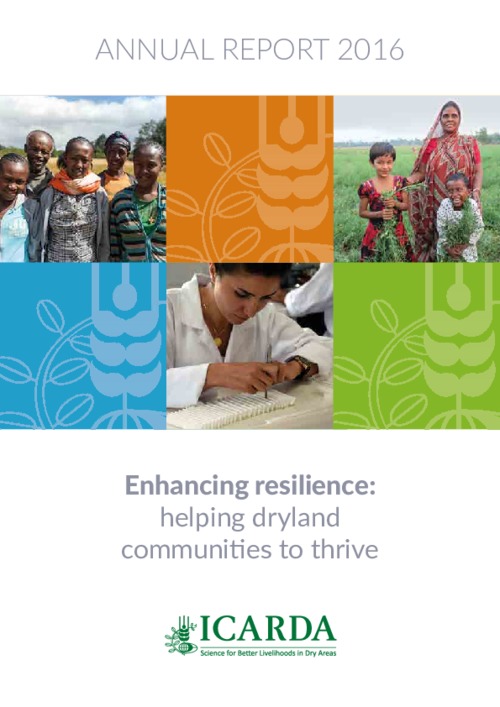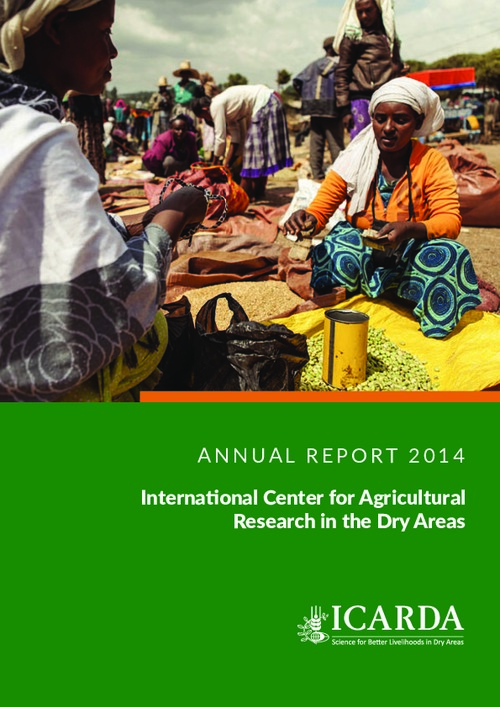Agricultural Land Management for Sustainable Development in Rural Kenya
Land is one of the most important naturaE resources for the creation of wealth in many societies. Its ownership and control brings economic power, which in turn, is often the basis for social and polifical power Unlike other factors of production such as labour and capilal, land is in fixed supply. Of the total land area of Kenya of 56.9 million hectares, more than 90 percent is agricultural land. Over 80 percent of this land is categorized as Arid and Semiarid land where about 25 percent of the total population resides and over 50 percent of the total livestock is produced.












